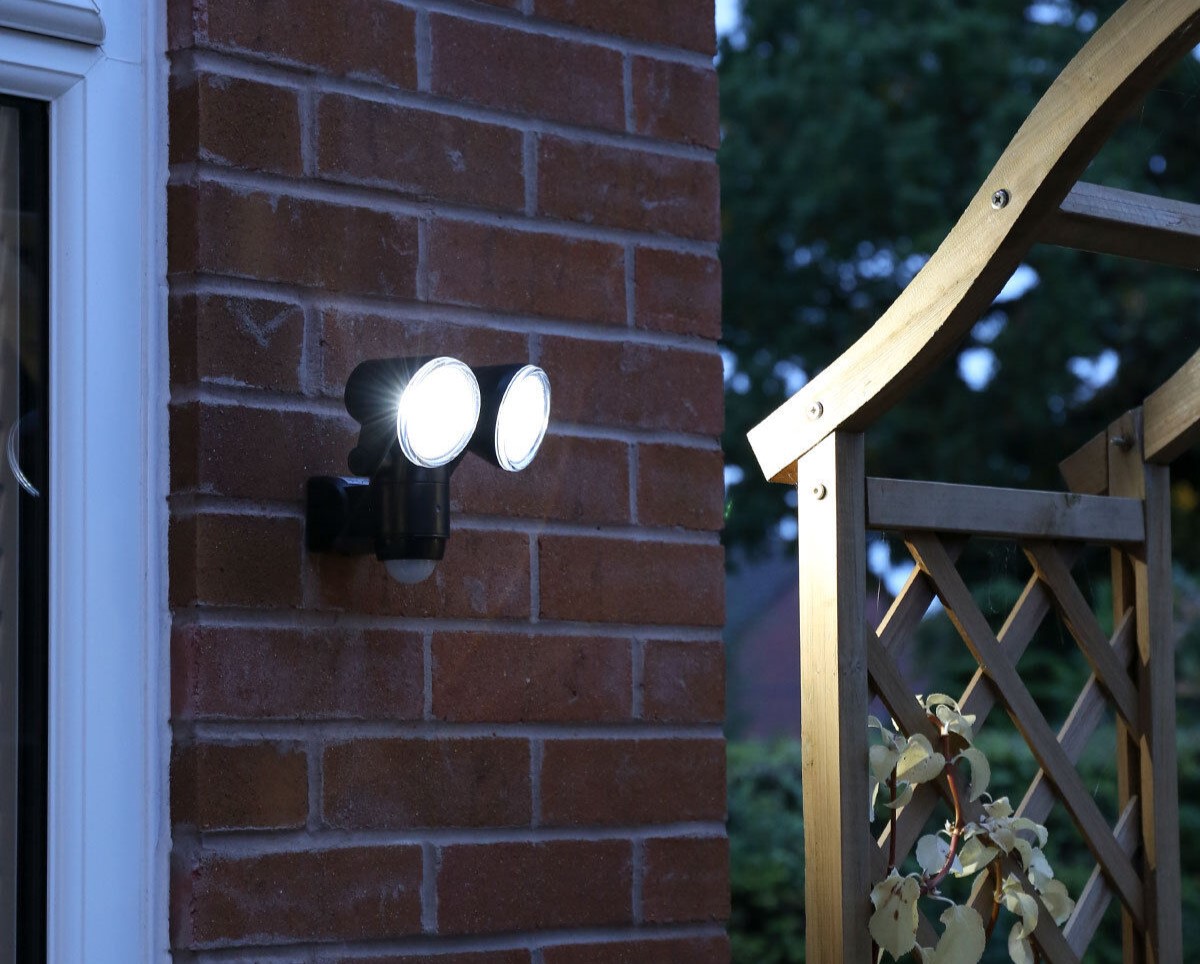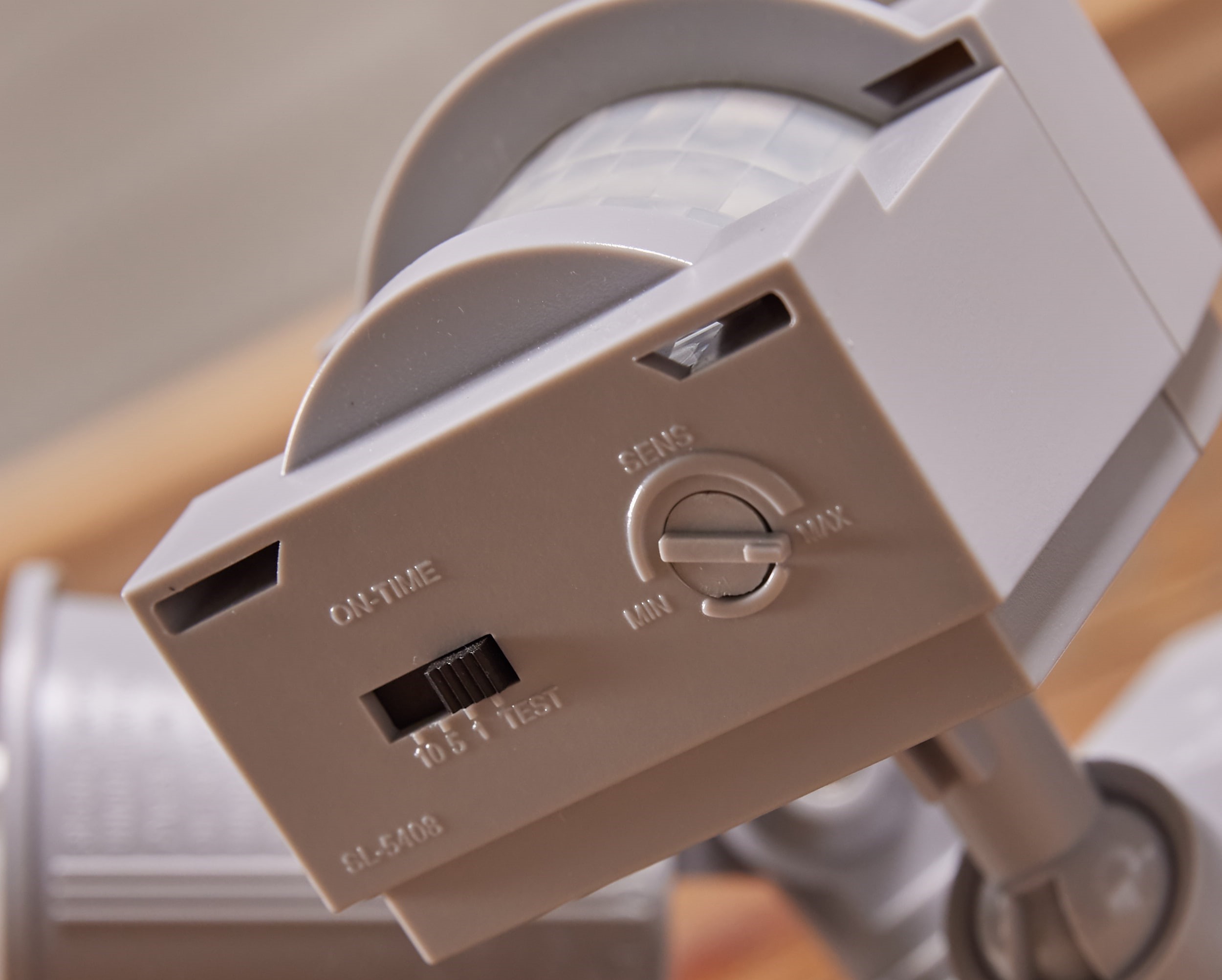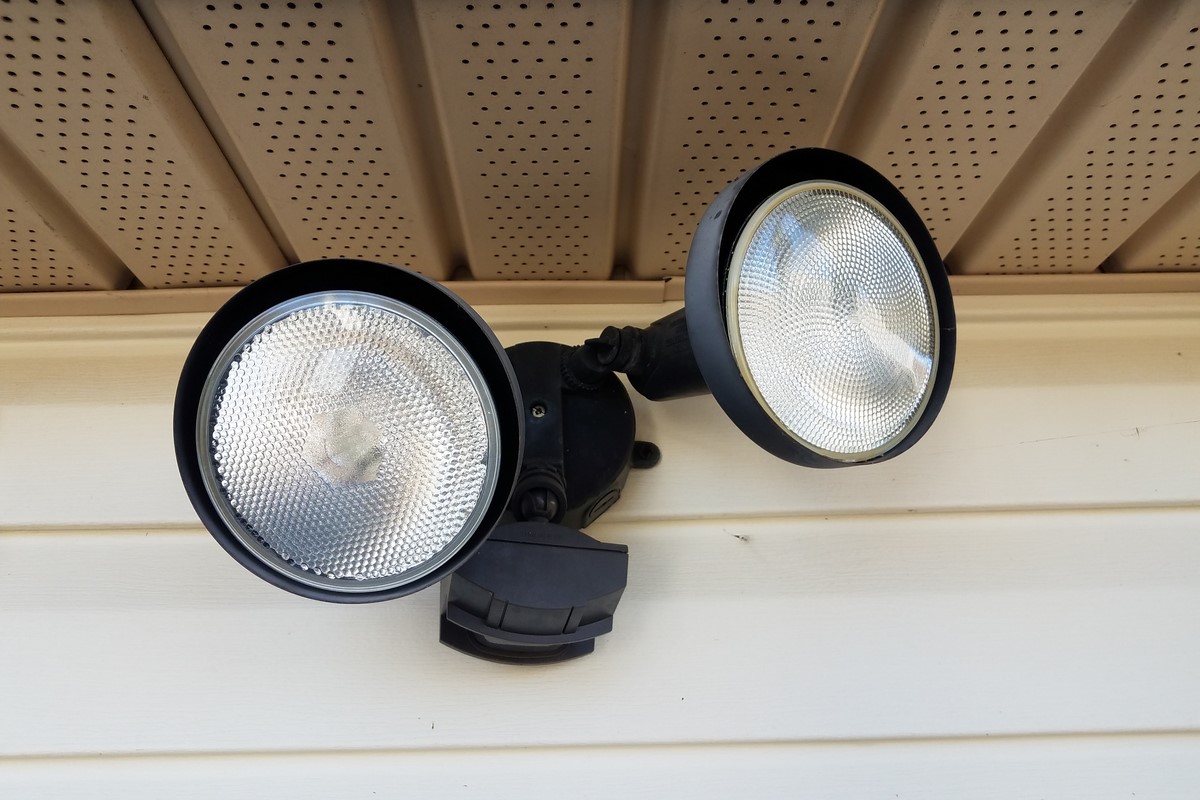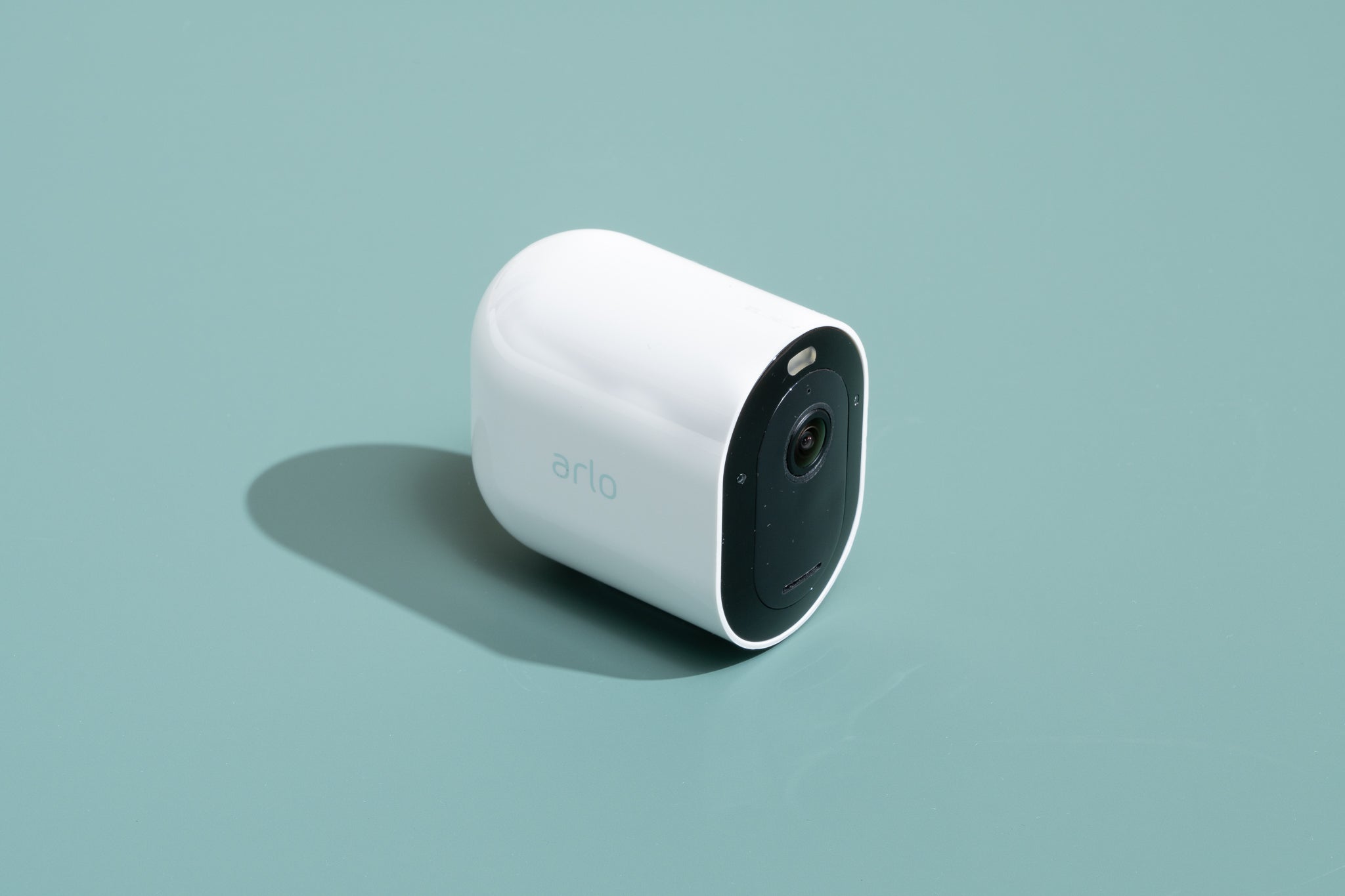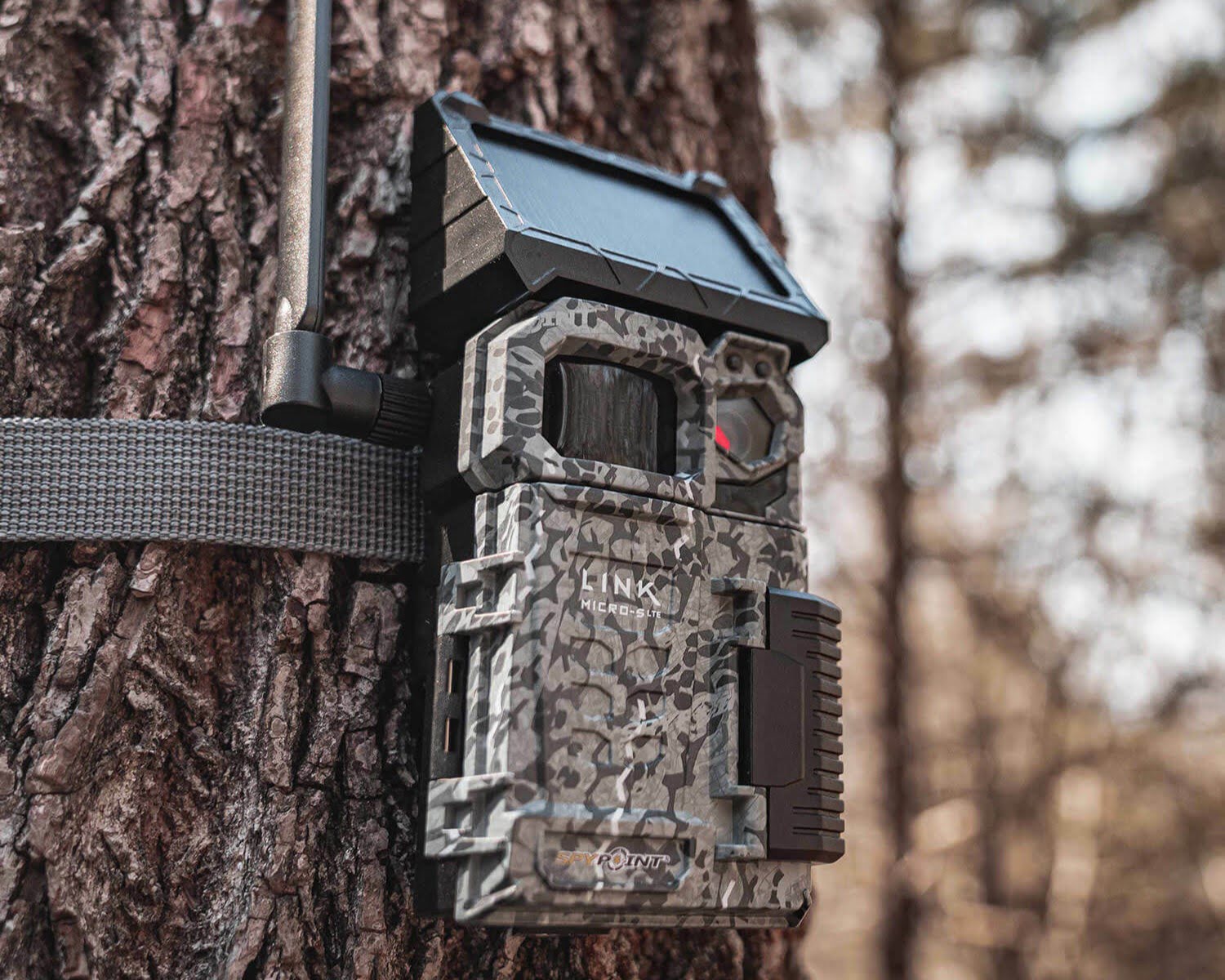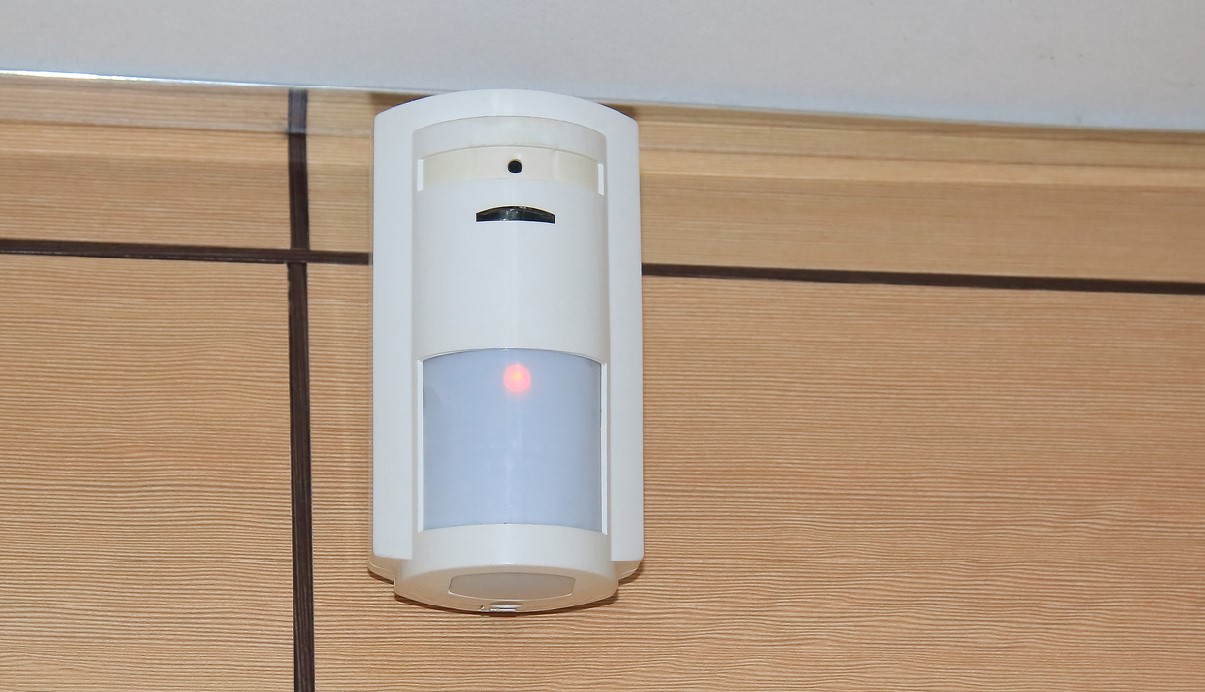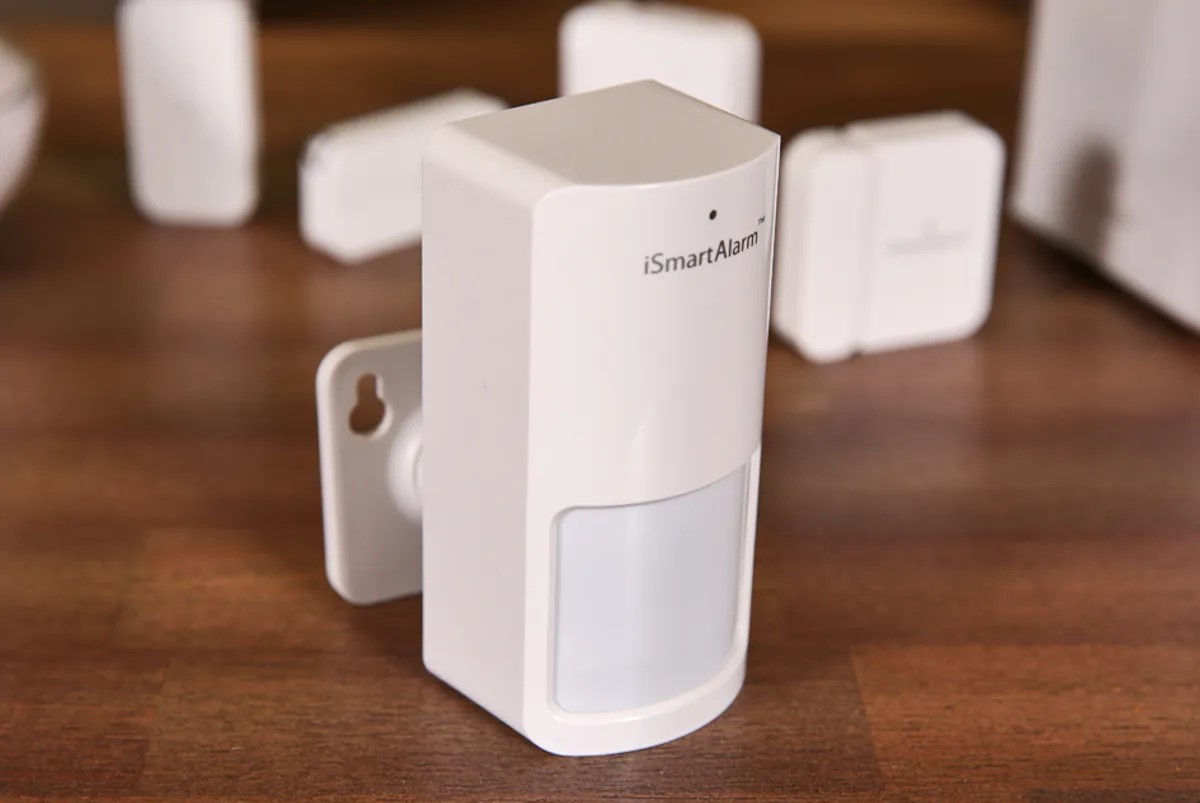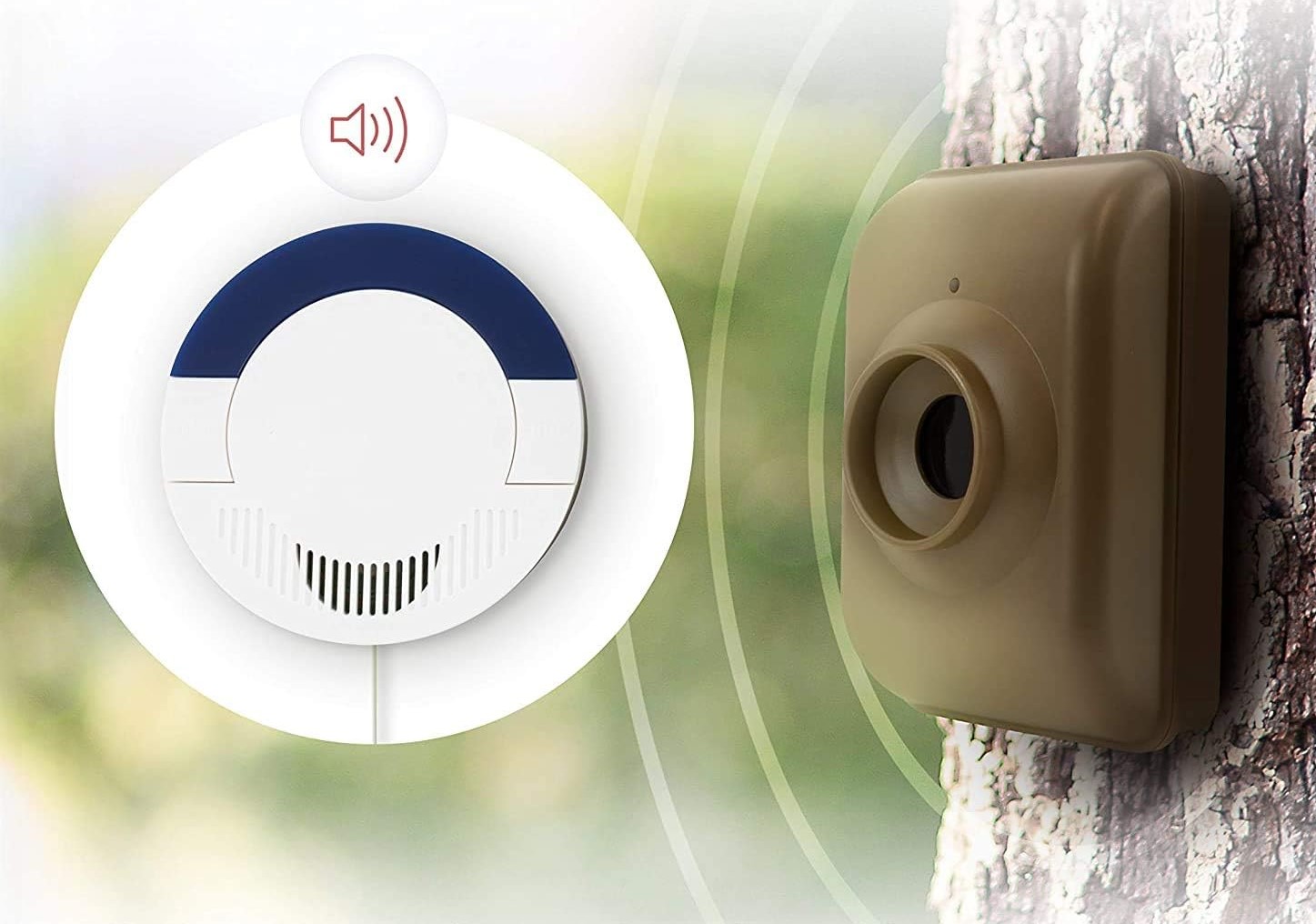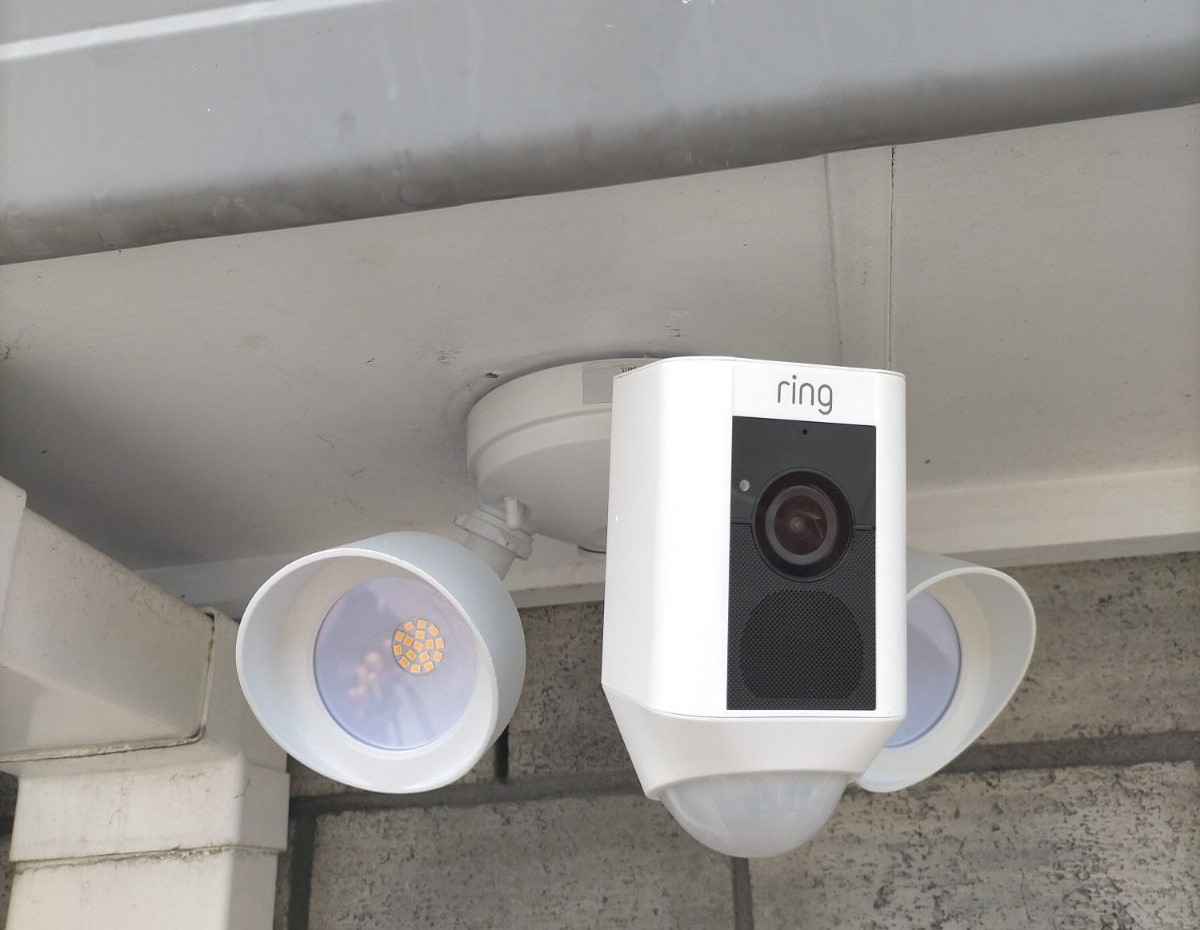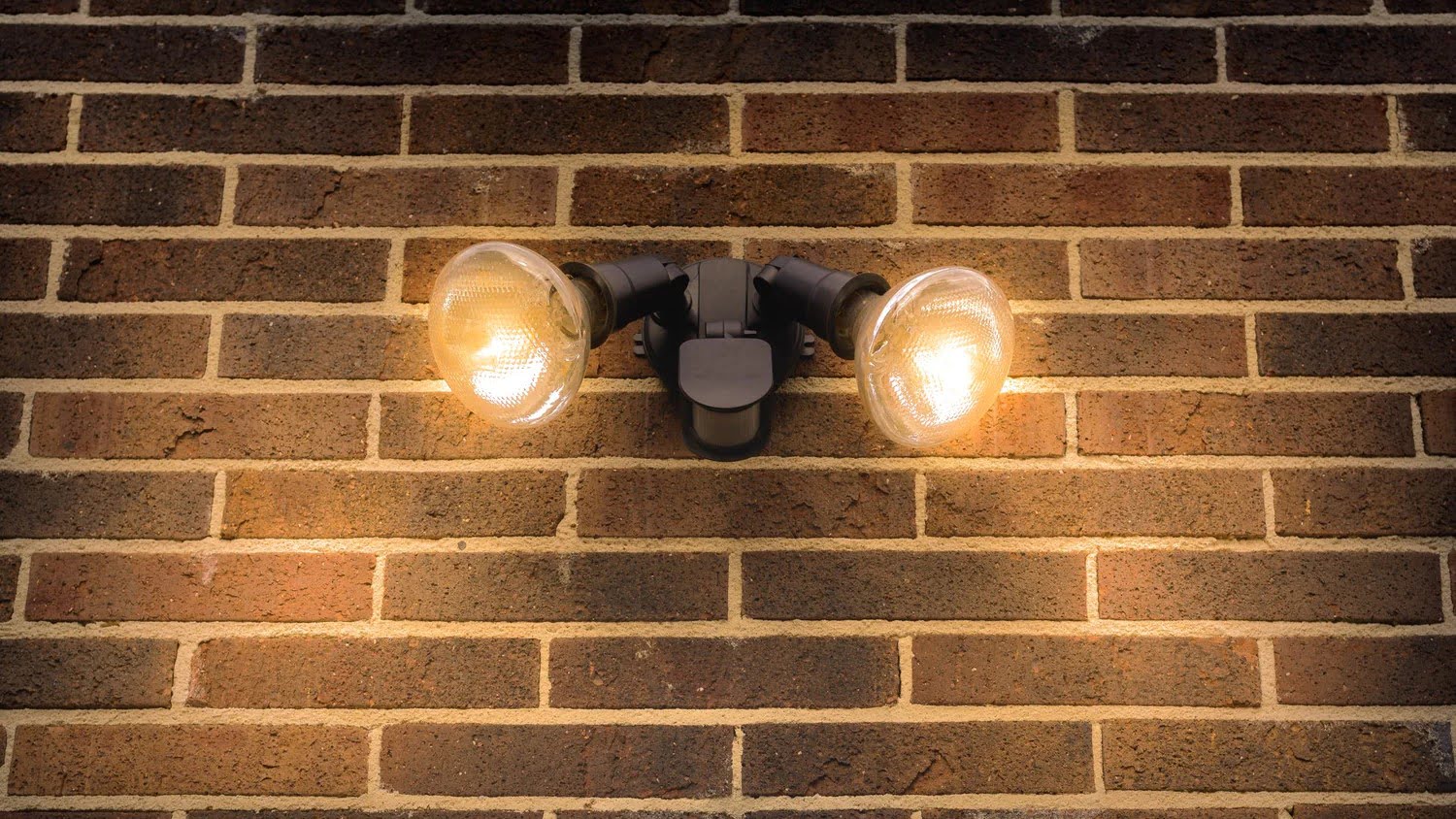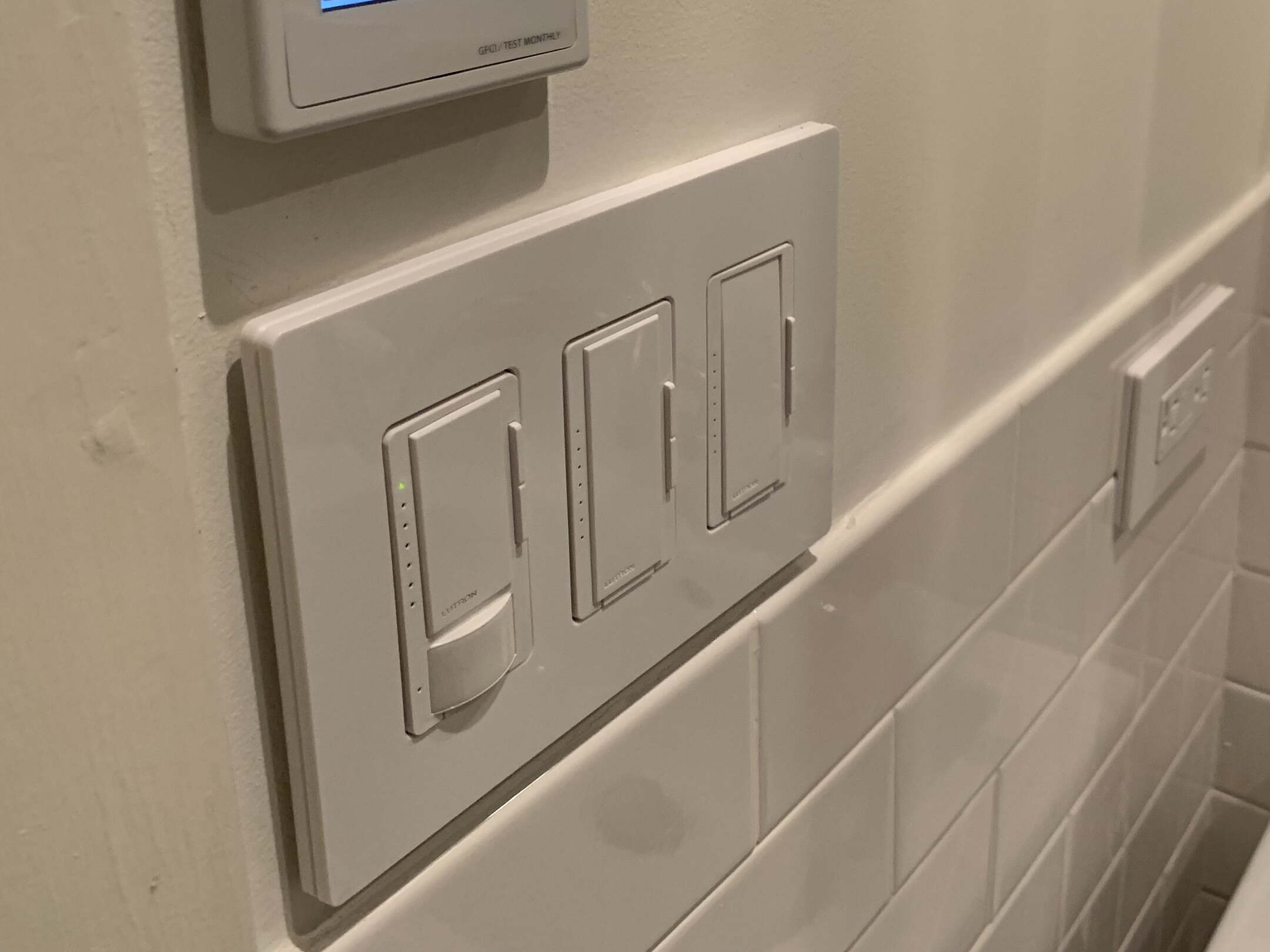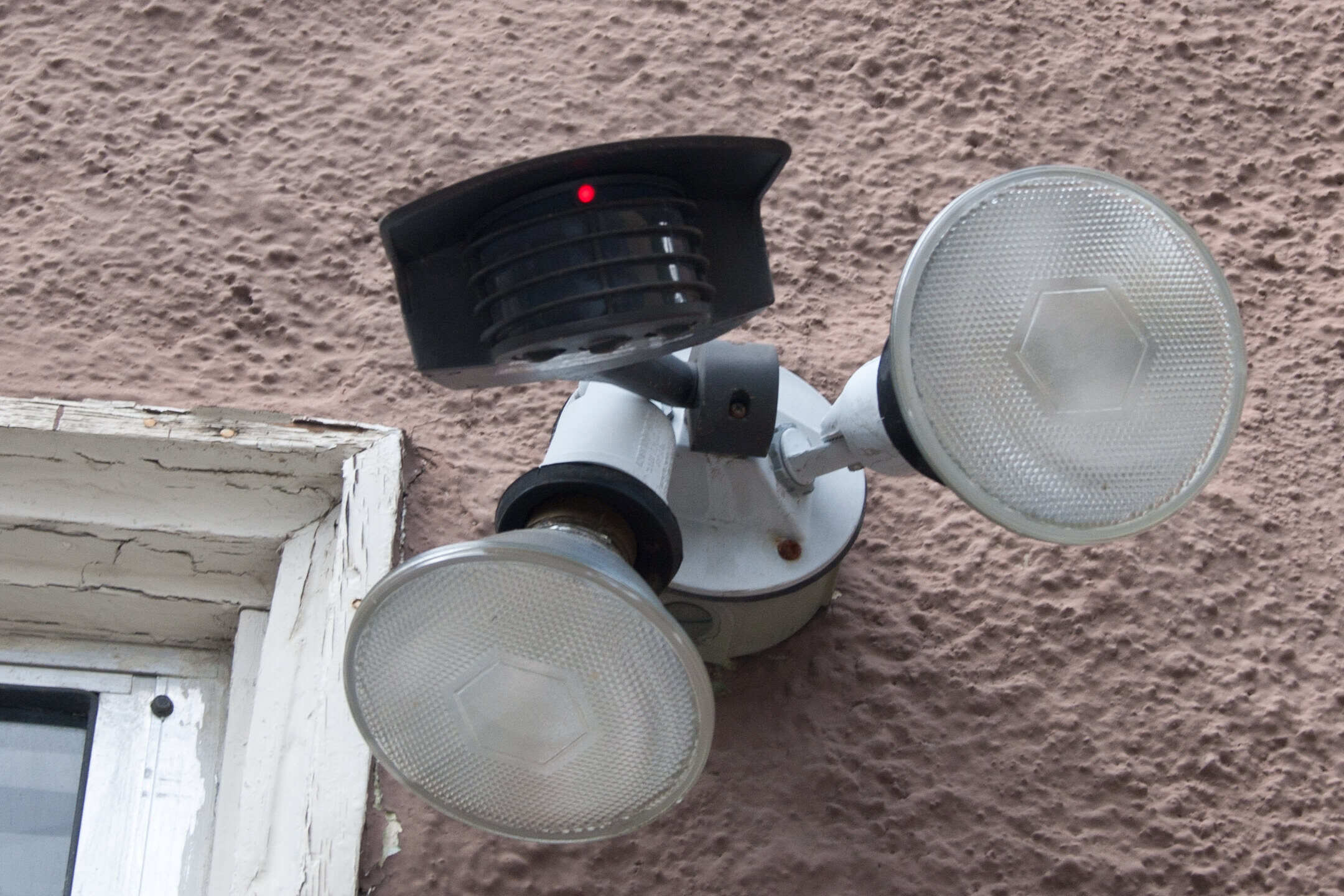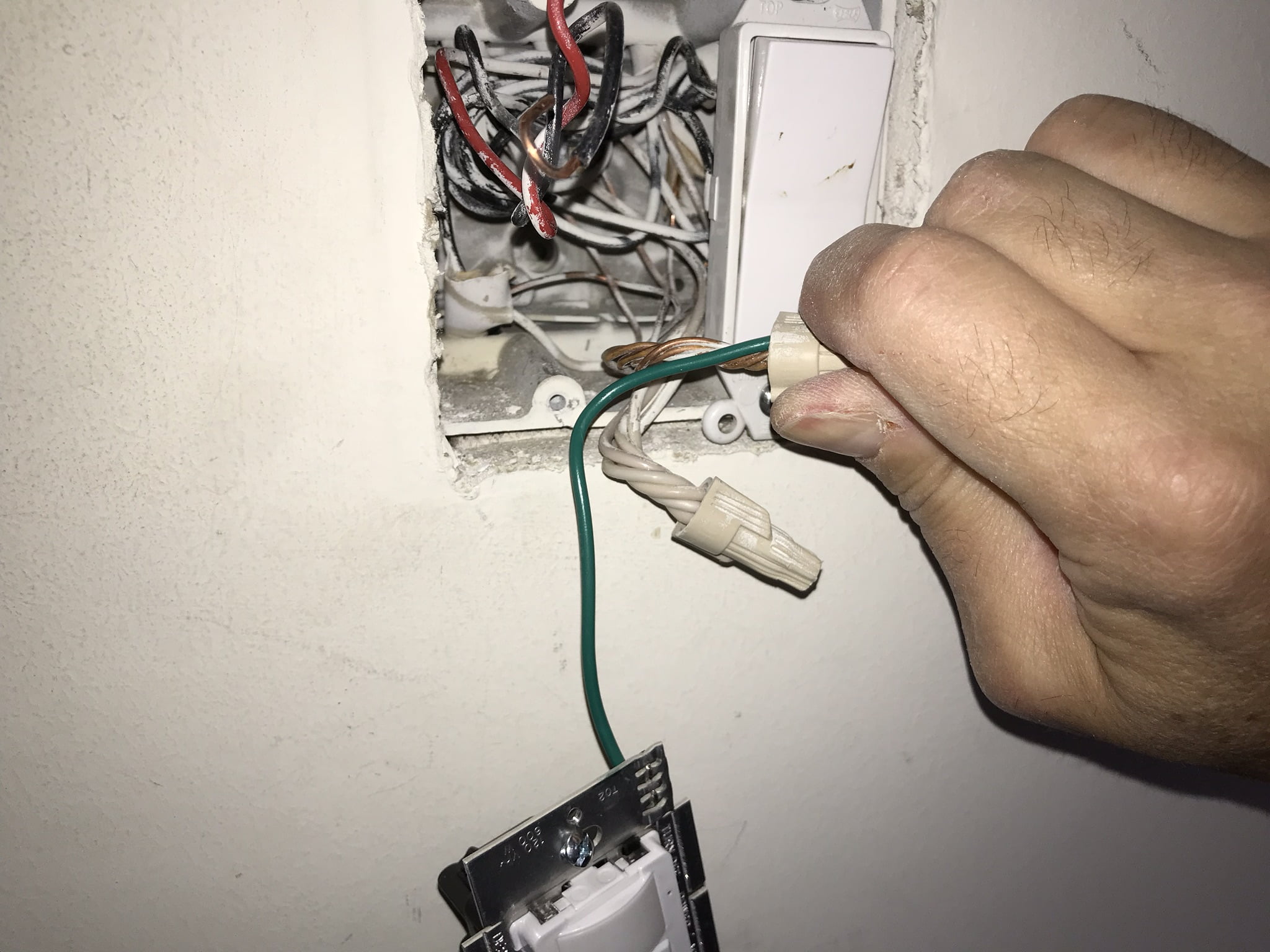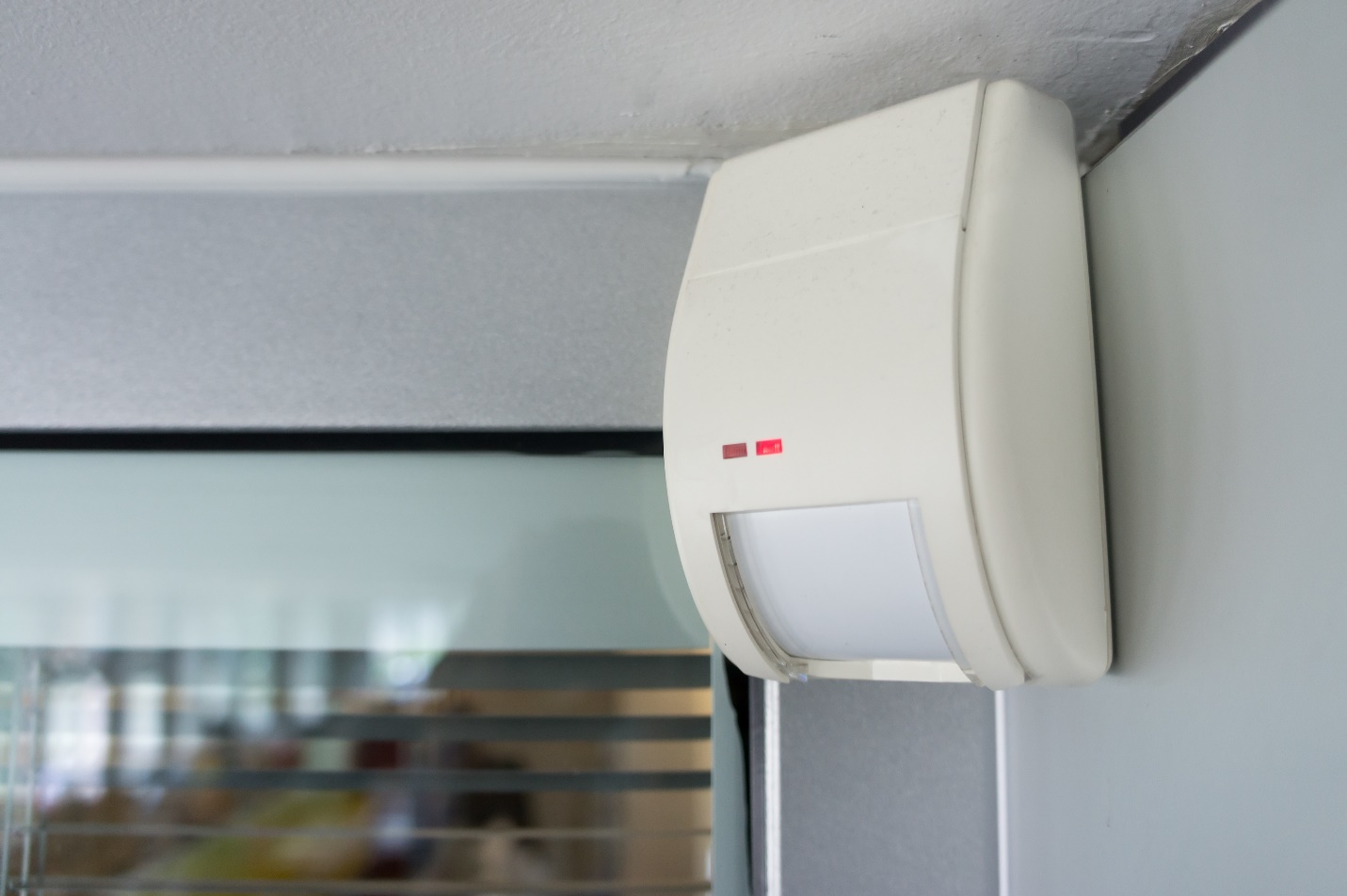Home>Home Security and Surveillance>How To Operate Doberman Security Motion Detector Light Alarm
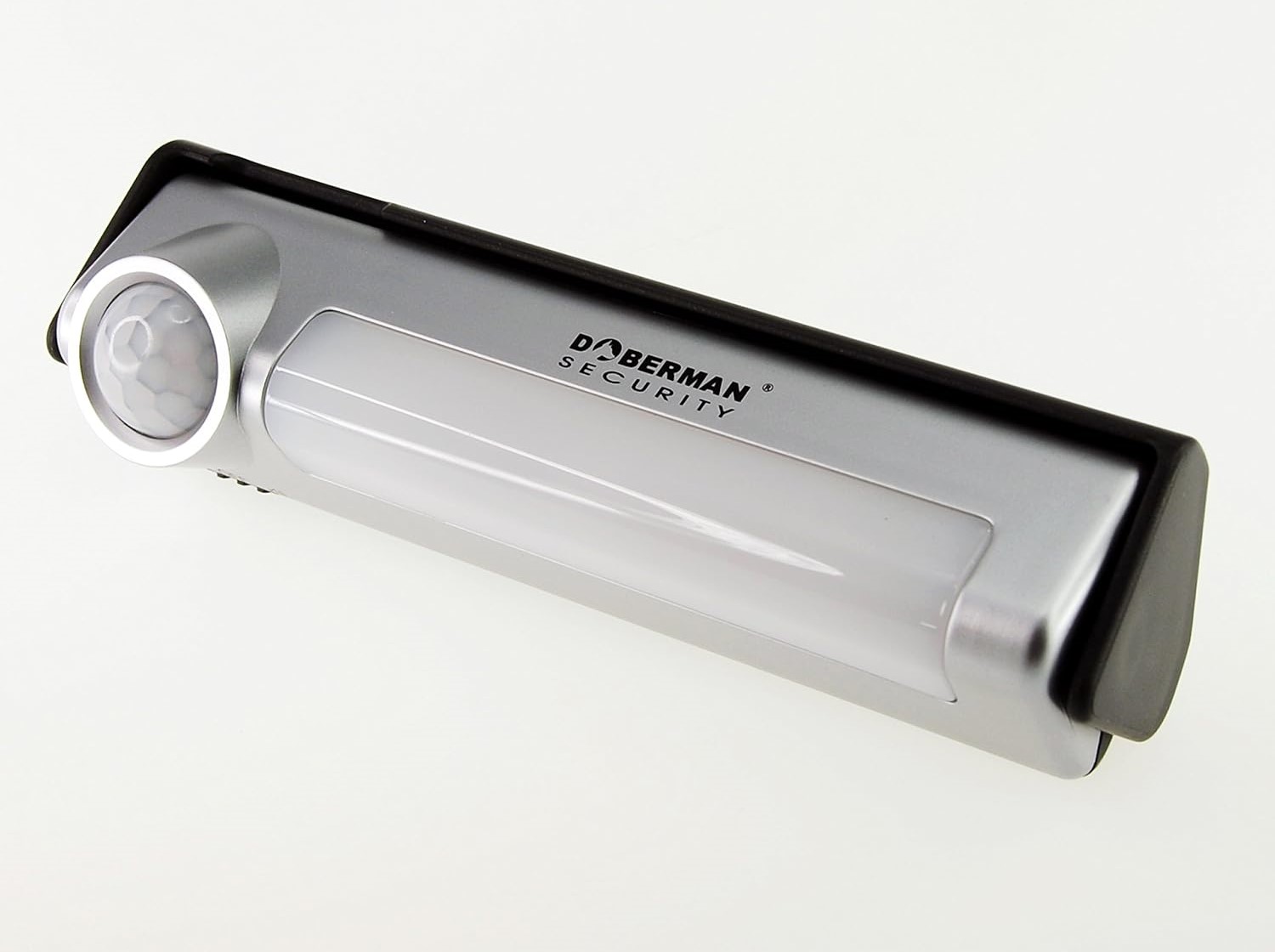

Home Security and Surveillance
How To Operate Doberman Security Motion Detector Light Alarm
Modified: March 6, 2024
Enhance your home security with the Doberman Security Motion Detector Light Alarm. Learn how to effectively operate this reliable device for ultimate protection and surveillance.
(Many of the links in this article redirect to a specific reviewed product. Your purchase of these products through affiliate links helps to generate commission for Storables.com, at no extra cost. Learn more)
Introduction
Welcome to the world of home security and surveillance! In today’s fast-paced and increasingly interconnected world, ensuring the safety of our homes has become a top priority. Whether you are a homeowner, a renter, or a business owner, having a reliable and effective security system in place is essential for peace of mind and protection against potential threats.
One of the key components of a comprehensive home security system is a motion detector light alarm. These innovative devices combine motion-detection technology with built-in lighting to provide a powerful deterrent against intruders and enhance the overall security of your property. In this article, we will guide you through everything you need to know about operating the Doberman Security Motion Detector Light Alarm.
Doberman Security is a trusted brand in the home security industry, known for producing high-quality and user-friendly products. The Doberman Security Motion Detector Light Alarm is no exception. Designed to detect motion in its vicinity and instantly trigger a bright light and sound alarm, this device is an effective tool for deterring burglars and alerting you to potential threats.
Whether you are new to home security systems or have some experience with them, understanding the operation of the Doberman Security Motion Detector Light Alarm is crucial to make the most out of its features and functionalities. In the following sections, we will take a closer look at the components of the motion detector light alarm, how to install and activate it, adjust its settings, perform testing and troubleshooting, as well as provide maintenance tips to keep it in optimal condition.
By the end of this article, you will have all the information you need to confidently operate and maximize the benefits of the Doberman Security Motion Detector Light Alarm. So, let’s dive in and embark on this journey of enhancing your home security and surveillance!
Key Takeaways:
- Operating the Doberman Security Motion Detector Light Alarm is easy! Simply install it in a strategic location, activate it, and adjust the settings to customize its sensitivity and detection range for reliable home security.
- Regular testing, maintenance, and troubleshooting are essential to ensure the Doberman Security Motion Detector Light Alarm functions optimally. Keep it clean, check the batteries, and clear any obstructions for peace of mind.
Read more: How Do Motion Detector Lights Operate
Overview of Doberman Security Motion Detector Light Alarm
The Doberman Security Motion Detector Light Alarm is a versatile and powerful home security device that combines motion detection with lighting and audio alerts. It is designed to detect any movement within its range and respond with a bright light and sound alarm, effectively deterring intruders and providing you with a sense of security.
This motion detector light alarm is equipped with advanced infrared technology, allowing it to accurately detect motion even in low-light conditions. It has a wide detection range, spanning several meters, ensuring that any movement near your property will trigger the alarm system.
The device is also equipped with a built-in spotlight that automatically illuminates when motion is detected. This not only helps to scare away potential intruders but also provides you with improved visibility in the surrounding area. The bright light acts as an additional security measure, making your property less attractive to burglars and providing added safety for you and your loved ones.
In addition to the visual deterrent, the Doberman Security Motion Detector Light Alarm emits a loud sound alarm when any motion is detected. This audible alert is loud enough to grab attention and alert neighbors or passersby about any potential security threat. It serves as an effective warning signal to potential intruders, letting them know that their presence has been detected and authorities may be alerted.
The Doberman Security Motion Detector Light Alarm is designed to be easy to install and operate. It is battery-powered, which eliminates the need for complex wiring or electrical connections. This makes it a convenient option for both homeowners and renters, as it can be easily mounted in various locations around your property to maximize security coverage.
The device also features adjustable settings that allow you to customize its sensitivity and detection range according to your specific needs. This ensures that you can fine-tune the device to effectively monitor the areas you want to protect while minimizing false alarms caused by normal movements, such as pets or passing vehicles.
With its combination of motion detection, bright lighting, and audio alerts, the Doberman Security Motion Detector Light Alarm provides a comprehensive and reliable solution for enhanced home security. In the following sections, we will delve deeper into the components of this device, its installation process, as well as how to activate, adjust, test, and maintain it to ensure optimal performance.
Components of Doberman Security Motion Detector Light Alarm
The Doberman Security Motion Detector Light Alarm consists of several components that work together to provide effective motion detection and security features. Understanding these components is essential for both the installation and operation of the device.
- Motion Sensor: The motion sensor is the key component of the Doberman Security Motion Detector Light Alarm. It uses advanced infrared technology to detect any movement within its range. When the sensor detects motion, it triggers the alarm system, activating both the light and sound alerts.
- LED Lights: The device is equipped with energy-efficient LED lights that automatically illuminate when motion is detected. These bright lights help scare away intruders and improve visibility in the surrounding area. The LEDs are designed to provide long-lasting performance and consume minimal power.
- Sound Alarm: When motion is detected, the Doberman Security Motion Detector Light Alarm emits a loud sound alarm. This audio alert is designed to grab attention and deter potential intruders. The sound alarm can also serve as a warning signal for neighbors or passersby to notify them of a potential security threat.
- Battery Compartment: The device is powered by batteries, typically AA or AAA, which are housed in the battery compartment. It is important to ensure that the batteries are properly installed and have sufficient power to maintain the functionality of the motion detector light alarm.
- Adjustment Settings: The Doberman Security Motion Detector Light Alarm features adjustable settings that allow you to customize its sensitivity and detection range. These settings enable you to fine-tune the device to your specific needs and minimize false alarms caused by normal movements or environmental factors. The adjustment settings are typically located on the back of the device.
- Mounting Bracket: The device comes with a mounting bracket that facilitates easy installation and positioning. The bracket can be attached to walls, ceilings, or other surfaces using screws or adhesive tapes, depending on the provided instructions. The mounting bracket allows you to adjust the angle and direction of the device for optimal coverage.
- Test Button: To ensure that the motion detector light alarm is functioning correctly, it is equipped with a test button. Pressing the test button activates a test mode, which triggers the lights and sound alarm, allowing you to verify the proper functioning of the device.
These components work together seamlessly to provide reliable motion detection, bright lighting, and audible alerts. Understanding the purpose and functionality of each component is crucial for the successful installation and operation of the Doberman Security Motion Detector Light Alarm. In the next section, we will guide you through the installation process, ensuring that you can take full advantage of the device’s capabilities.
Installation of Doberman Security Motion Detector Light Alarm
Installing the Doberman Security Motion Detector Light Alarm is a straightforward process that can be completed with minimal effort and tools. Before you begin, ensure that you have read the instruction manual provided with the device to familiarize yourself with any specific installation requirements or safety precautions.
- Choose the Mounting Location: Select a suitable location for installing the motion detector light alarm. Ideally, this should be near the entry points of your property or in areas where you want to enhance security. Common locations include front doors, backyards, garages, or patios. Ensure that the chosen location allows for optimal motion detection and coverage.
- Prepare the Mounting Surface: Clean the mounting surface thoroughly to ensure a secure attachment. Use a mild cleaning solution to remove any dirt, dust, or debris that could inhibit the effectiveness of the adhesive or mounting screws.
- Attach the Mounting Bracket: Depending on the provided instructions, attach the mounting bracket using screws or adhesive tapes. Ensure that the bracket is securely fixed to the mounting surface, as this will support the weight of the motion detector light alarm.
- Insert Batteries: Open the battery compartment on the device and insert the required batteries, following the correct polarity. Ensure that the batteries are inserted correctly and make proper contact with the terminals. Close the battery compartment securely.
- Position and Secure the Device: Carefully position the motion detector light alarm onto the mounting bracket and secure it in place. Depending on the design of the device, you may need to twist or lock it into position. Double-check the alignment and angle to ensure optimal motion detection.
- Test the Device: Press the test button on the motion detector light alarm to verify that it is functioning correctly. The lights should illuminate, and the sound alarm should activate. This test confirms that the device is properly installed and ready to detect motion.
It is important to note that the specific installation steps may vary depending on the model of the Doberman Security Motion Detector Light Alarm you are using. Always refer to the provided instruction manual for detailed installation guidelines.
Once you have successfully installed the motion detector light alarm, you can proceed with activating and adjusting its settings to customize its operation according to your preferences. We will explore these aspects in the following sections to ensure you make the most of your Doberman Security Motion Detector Light Alarm.
Activation and Deactivation of the Motion Detector Light Alarm
Activating and deactivating the Doberman Security Motion Detector Light Alarm is a simple process that allows you to control when the device is active and when it is temporarily disabled. This flexibility ensures that you can conveniently adjust the device based on your needs and preferences.
To activate the motion detector light alarm, follow these steps:
- Ensure Proper Installation: Confirm that the motion detector light alarm is correctly installed and securely mounted in its desired location. This ensures optimal performance and reliability.
- Check Battery Power: Ensure that the batteries in the device are properly inserted and have sufficient power. Weak batteries may affect the functionality of the motion detector light alarm.
- Adjust Sensitivity and Detection Range: If necessary, adjust the sensitivity and detection range settings on the device. This allows you to customize the device’s response to motion and minimize false alarms caused by normal movements or environmental factors.
- Arm the Device: Some models of the Doberman Security Motion Detector Light Alarm have a designated on/off switch or a motion sensor activation switch. Activate the device by flipping the switch to the “On” or “Armed” position.
Once the motion detector light alarm is activated, it will be ready to detect motion and respond with the built-in lighting and sound alarm features. Any movement within the device’s detection range will trigger the alarm, alerting you to potential intruders and enhancing the security of your property.
To deactivate or temporarily disable the motion detector light alarm, follow these steps:
- Locate the Deactivation Switch: Depending on the model, the motion detector light alarm may have a designated deactivation switch or a motion sensor deactivation switch. This switch allows you to temporarily disable the device without uninstalling or removing the batteries.
- Switch to Deactivated Mode: Toggle the deactivation switch to the “Off” or “Deactivated” position. This will disable the motion detector light alarm, preventing it from triggering the lights and sound alarm when motion is detected.
It is recommended to only deactivate the motion detector light alarm when necessary, such as during planned maintenance, when performing activities that may trigger false alarms, or when you simply do not require its functionality temporarily. Remember to reactivate the device once the need for deactivation no longer applies.
By understanding and following these activation and deactivation procedures, you can confidently control the operation of the Doberman Security Motion Detector Light Alarm and ensure it meets your specific security needs.
When operating the Doberman Security Motion Detector Light Alarm, make sure to carefully follow the manufacturer’s instructions for installation and setup. Test the alarm regularly to ensure it is functioning properly.
Adjusting Sensitivity and Detection Range
The Doberman Security Motion Detector Light Alarm provides adjustable settings that allow you to customize the sensitivity and detection range of the device. By fine-tuning these settings, you can ensure that the motion detector accurately detects suspicious movements while minimizing false alarms caused by normal activities or environmental factors.
To adjust the sensitivity and detection range of the motion detector light alarm, follow these steps:
- Locate the Adjustment Controls: Depending on the model of the Doberman Security Motion Detector Light Alarm, the adjustment controls may be located on the back or bottom of the device. Look for buttons, dials, or switches that are specifically labeled for sensitivity or range adjustment.
- Understand the Settings: Familiarize yourself with the available sensitivity and detection range settings. These may be represented by numerical values or labeled options, such as low, medium, and high. Each setting corresponds to a different level of sensitivity and detection range.
- Start with Mid-Range Settings: If you are unsure about the optimal sensitivity and detection range for your specific needs, it is recommended to start with the mid-range settings. This provides a good starting point that can be adjusted based on the device’s performance and the level of false alarms.
- Adjust Sensitivity: Use the provided controls to increase or decrease the sensitivity of the motion detector light alarm. Increasing the sensitivity enhances the device’s ability to detect even slight movements, while decreasing the sensitivity makes it less likely to trigger false alarms.
- Adjust Detection Range: Similarly, use the adjustment controls to expand or narrow down the detection range of the device. Expanding the range allows the motion detector to cover larger areas, while narrowing down the range focuses its detection on specific areas or pathways.
- Test and Fine-Tune: After making adjustments, test the motion detector light alarm to observe its performance. Walk or move within the detection range to ensure that the device properly detects motion and triggers the lights and sound alarm. If necessary, fine-tune the settings further until you achieve the desired balance between sensitivity and false alarm prevention.
Keep in mind that the optimal sensitivity and detection range may differ depending on factors such as the size and layout of your property, the presence of pets or other potential sources of false alarms, and the specific security requirements you have. Regularly evaluate and adjust the settings as needed to maintain the best performance of the motion detector light alarm.
By understanding how to adjust the sensitivity and detection range of the Doberman Security Motion Detector Light Alarm, you can ensure that it is tailored to your specific security needs, providing reliable and accurate motion detection while minimizing false alarms.
Testing and Troubleshooting the Motion Detector Light Alarm
Testing the Doberman Security Motion Detector Light Alarm is an important step to ensure that it is functioning correctly and providing the desired level of security. Regular testing allows you to identify any potential issues or malfunctions and troubleshoot them promptly. Here are some steps to effectively test and troubleshoot the motion detector light alarm:
- Activate the Test Mode: Most models of the motion detector light alarm have a designated test button or mode. Activate this test mode by pressing the button or following the instructions provided in the user manual. This test mode will simulate motion detection and trigger the lights and sound alarm.
- Observe the Response: When the test mode is activated, observe how the motion detector light alarm responds. The lights should illuminate, and the sound alarm should activate. Ensure that both the lights and sound are functioning properly and are audible at the desired distance.
- Adjust Settings if Necessary: If you notice any issues during testing, such as false alarms or poor detection range, consider adjusting the sensitivity and detection range settings of the device. Refer to the user manual for specific instructions on how to adjust these settings on your particular model.
- Check Battery Status: Weak or depleted batteries can affect the performance of the motion detector light alarm. Ensure that the batteries are properly inserted and have sufficient power. Consider replacing them with fresh batteries if needed.
- Inspect for Obstructions: Check the area around the motion detector light alarm for any potential obstructions, such as branches, leaves, or cobwebs. These obstructions can interfere with the motion detection capabilities of the device. Clear any obstructions to ensure optimal performance.
- Consider Environmental Factors: Environmental factors, such as extreme temperatures or direct sunlight, can also impact the performance of the motion detector light alarm. Ensure that the device is installed in a location that is not exposed to these factors, as they can affect the accuracy of motion detection.
- Consult the Troubleshooting Guide: If you encounter persistent issues with the motion detector light alarm, refer to the troubleshooting guide in the user manual. The guide may provide specific solutions for common problems or direct you to contact the manufacturer’s customer support for further assistance.
Regularly testing and troubleshooting the Doberman Security Motion Detector Light Alarm helps maintain its effectiveness and ensures that your home security system is operating optimally. By following these steps and addressing any issues promptly, you can have confidence in the reliability and functionality of the device.
Maintenance and Care Instructions
Proper maintenance and care are essential to ensure the longevity and optimal performance of the Doberman Security Motion Detector Light Alarm. Implementing regular maintenance routines and following care instructions will help keep the device in excellent condition. Here are some maintenance and care guidelines:
- Keep the Device Clean: Regularly clean the device to remove dirt, dust, and debris that can accumulate on the surface. Use a soft cloth or gentle cleaning solution to wipe the device, ensuring that no residue or build-up affects its functionality.
- Inspect the Batteries: Periodically check the batteries to ensure they are inserted correctly and have enough power. Weak or depleted batteries can impact the performance of the motion detector light alarm. Replace the batteries as needed to maintain optimal functionality.
- Clear Obstructions: Inspect the surrounding area of the device to ensure there are no obstructions that may interfere with motion detection. Trim any overgrown bushes or plants, remove objects that obstruct the detection range, and clear any debris that may accumulate around the device.
- Test the Device Regularly: Perform regular tests to ensure that the motion detector light alarm is functioning correctly. Use the test mode or button to activate the lights and sound alarm, verifying that they operate as expected. Testing allows you to catch any issues and address them promptly.
- Check for Damage: Routinely inspect the device for any signs of damage or wear. Look for cracks in the casing, loose connections, or any other issues that may affect its performance. If you notice any damage, contact the manufacturer or authorized service center for assistance.
- Avoid Exposure to Extreme Conditions: Protect the motion detector light alarm from exposure to extreme temperatures, humidity, direct sunlight, or harsh weather conditions. These factors can affect the device’s operation and durability. Install the device in a sheltered location if possible.
- Follow Manufacturer’s Instructions: Always refer to the user manual and manufacturer’s instructions for specific maintenance and care guidelines. Different models may have unique requirements, so it is important to follow the provided instructions for your particular Doberman Security Motion Detector Light Alarm.
By implementing these maintenance and care instructions, you can ensure the Doberman Security Motion Detector Light Alarm remains in optimal condition and continues to provide effective home security. Regular maintenance routines will help prolong the life of the device and enhance its overall performance.
Conclusion
Congratulations! You are now equipped with comprehensive knowledge about operating the Doberman Security Motion Detector Light Alarm, enhancing your home security and surveillance. By understanding the components, installation process, activation and deactivation methods, adjusting sensitivity and detection range, testing and troubleshooting, as well as following maintenance and care instructions, you can confidently utilize this innovative device to protect your property and loved ones.
The Doberman Security Motion Detector Light Alarm combines motion detection with bright lighting and sound alarms, providing an effective deterrent against potential intruders. Its advanced infrared technology ensures accurate motion detection in various lighting conditions, while the adjustable settings allow you to customize its sensitivity and detection range to suit your specific needs.
Remember to periodically test the motion detector light alarm, checking its functionality and adjusting settings as necessary. Regular maintenance routines, such as cleaning the device and inspecting the batteries, will help maintain its optimal performance. If any issues arise, consult the troubleshooting guide or contact the manufacturer’s customer support for further assistance.
By investing in the Doberman Security Motion Detector Light Alarm and following the guidance provided in this article, you are taking an important step towards enhancing your home security and deterring potential intruders. Enjoy the peace of mind that comes from knowing your property is protected, and stay vigilant in ensuring the ongoing effectiveness of your home security system.
Remember, your safety and security deserve the best, and the Doberman Security Motion Detector Light Alarm is here to help you achieve that. Stay proactive, stay secure!
Frequently Asked Questions about How To Operate Doberman Security Motion Detector Light Alarm
Was this page helpful?
At Storables.com, we guarantee accurate and reliable information. Our content, validated by Expert Board Contributors, is crafted following stringent Editorial Policies. We're committed to providing you with well-researched, expert-backed insights for all your informational needs.
